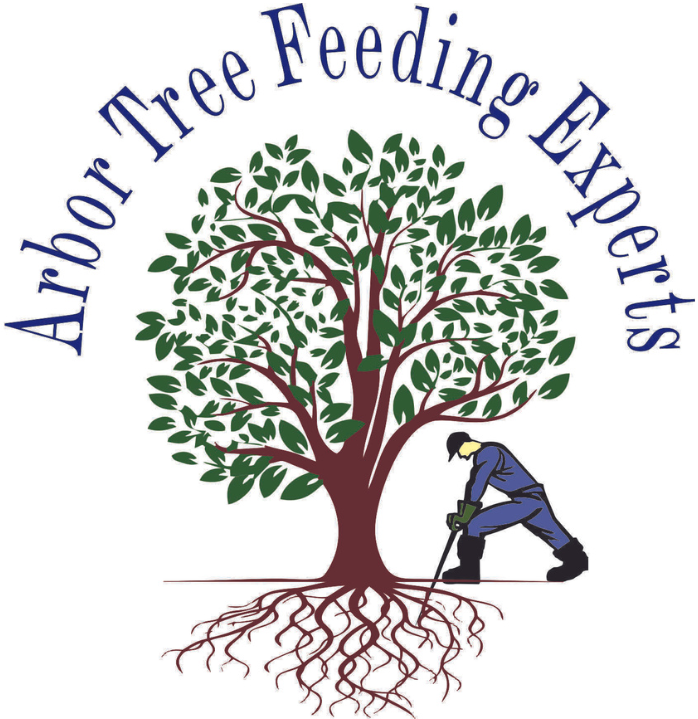Trees are tough plants that can handle harsh environmental conditions. These plants can endure problems that could affect their root systems, limbs, leaves, and trunks over time. Thanks to their resilience, you might wonder what causes a tree to die.
Unhealthy trees are dangerous, so you shouldn’t keep them on your property. Tree health care by Arbor Tree Feeding Experts will help improve the health of your trees. However, we understand that many factors can result in tree death, which we discuss below.
Common Signs of Tree Death or Severe Illness
A consultation with a certified arborist is the best way to know your tree’s health. However, something might be killing the trees on your property if you notice these warning signs of impending tree death:
- Rotting: Rot or tree fungus requires prompt attention from an arborist.
- Leaning: Healthy trees can grow at an angle, but a progressive bend might be due to dead or dying roots.
- Peeling Bark: If your tree is shedding its bark, it likely isn’t getting enough nourishment. It may also have a disease.
- Pest Infestation: Pests like termites and some ant and beetle species can kill a healthy tree unless you treat the infestation early.
5 Causes of Tree Death
Knowing what causes a tree to die will help you make the best decisions for your plants.
1. Soil Issues
Poorly draining soil, a lack of water, and imbalanced pH levels in the soil are several ground conditions that can cause a tree’s health to decline. Though most trees can handle stress, poor soil conditions can be too much to tolerate.
If you suspect your trees are dying, it’s necessary to test the soil to ensure it has enough nutrients for your particular tree species. It’s not enough to fertilize the soil to supplement the nourishment the ground cannot provide alone. Too much fertilizer can lead to reverse osmosis, which causes water to leach from the tree’s roots instead of the roots absorbing water from the soil.
2. Catastrophic Events
Catastrophic events can occur anytime and decimate otherwise healthy trees. For instance, wildfires, hurricanes, tornados, and droughts can damage trees beyond repair.
3. Age
Some trees can live for hundreds of years. However, their longevity doesn’t mean old age doesn’t affect their health.
When trees get older, their ability to grow enough leaves for nourishment and energy slows. They also become less likely to support themselves without cabling or bracing. Trees can weaken and die of old age, but the process can take decades.
4. Diseases
Infectious diseases will spread from tree to tree, ultimately killing the plants. Unfortunately, some illnesses don’t produce noticeable symptoms, so sick trees can quickly reach the point of no return. Common tree diseases include:
- Oak wilt
- Dutch elm disease
- Chestnut blight
- Anthracnose
5. Improper Mulching
Mulching around a tree can prevent weeds from growing and help retain soil moisture. However, mulch should be four to six inches from a tree’s trunk. Otherwise, the mulch will affect the tree’s root system and promote rot.
Reach Out to Your Local Arborists for Help
Now that you know what causes a tree to die, contact Arbor Tree Feeding Experts for help maintaining your plants. Our team has the expertise necessary to keep your trees healthy regardless of their age or species. We provide unmatched tree care services, including tree trimming, pruning, and disease treatment.
Our company has certified tree care specialists who provide comprehensive tree health care services and will expertly handle all your needs. Our arborists have years of experience, so we can help with anything, from removing dead trees to protecting young trees. Contact our team in Phoenix, AZ, at (480) 528-9486 for a free estimate.
